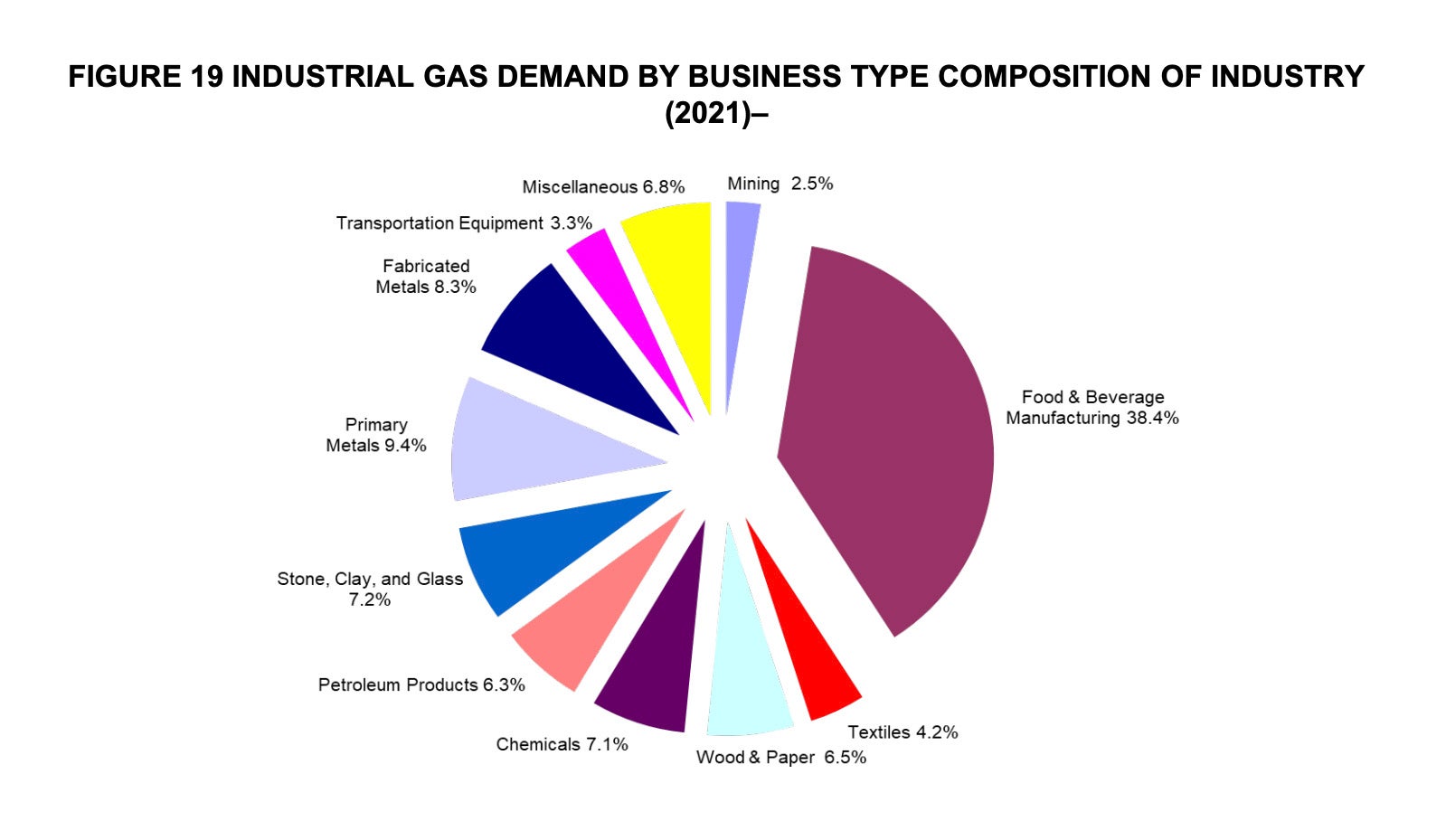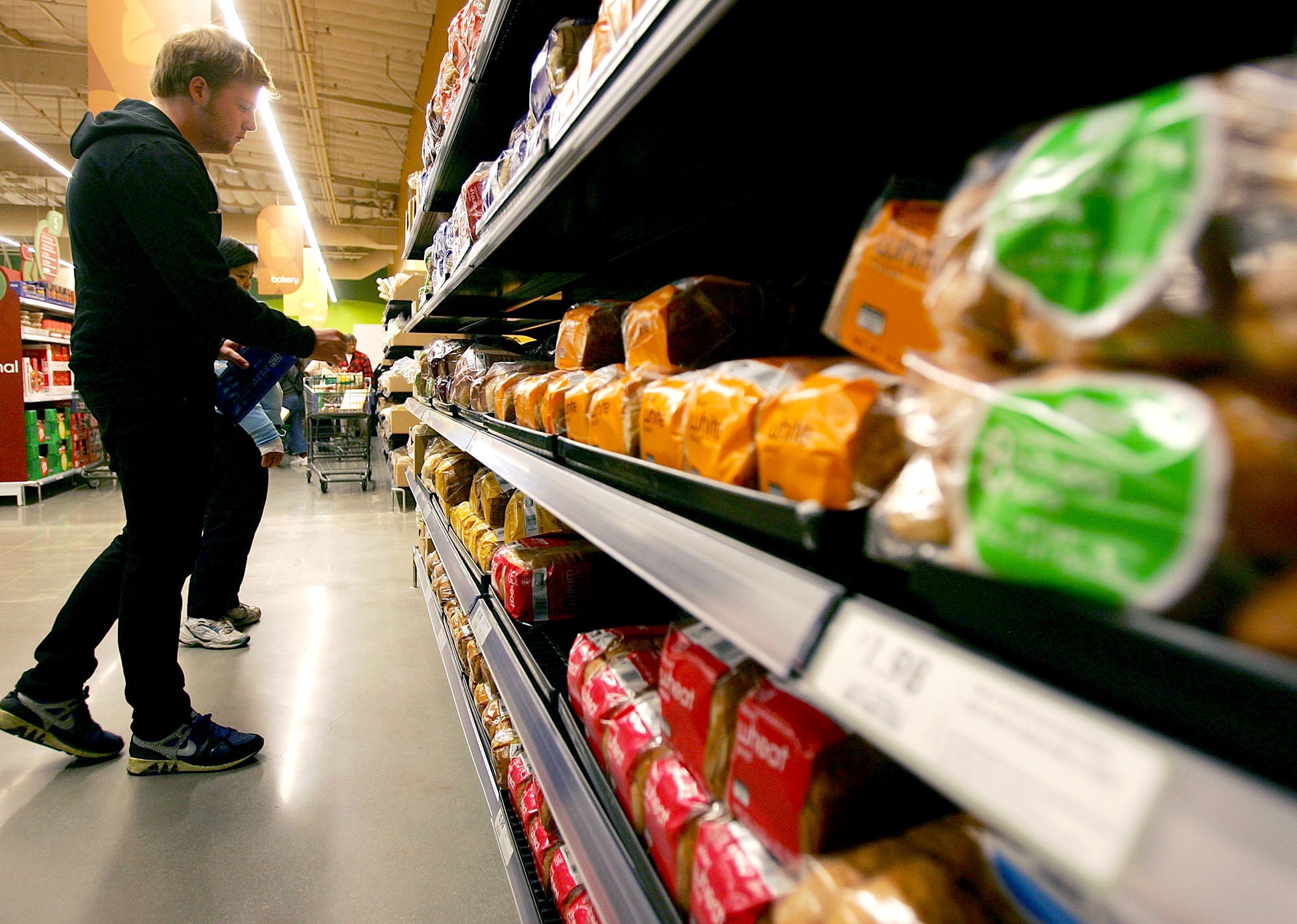I’ll Take the Muffin, But Hold the Methane
Southern California’s air regulator adopts first in the nation rule to electrify the way companies cook, bake and brew our food and beverages.
In California, we are working to electrify nearly everything in our lives, from our cars to our homes to the buildings we work in. But there’s a key part of daily life that’s still stuck in the past: the ways companies cook, bake, and brew our foods and beverages. But that’s about to change.
The South Coast Air Quality Management District (AQMD) — the agency responsible for cleaning up the Los Angeles region’s notoriously polluted air — just took a pivotal first step to tackle the emissions caused by food and beverage manufacturing. The Air District adopted a zero-emissions standard to curb the air pollution associated with commercial ovens. These are very large ovens used to produce rolls, crackers, muffins, chips, nuts, and coffee at many larger companies that produce food like Frito-Lay, Bimbo Bakery, See’s Chocolates, amongst others. The decision is significant because it will include the nation’s first zero-emission standard for a stationary sources of pollution.
Rule 1153.1 is a targeted and discrete regulation, covering just 218 commercial food ovens at 97 facilities operating in the LA region. Four categories of ovens covered under the rule will have a zero-emission standard attached to them meaning that over the years, the methane burning versions of that equipment will need to shift to zero-emission electric versions. Even though this rule covers a discrete amount of equipment in the region, this seemingly small rule is a vital step towards emissions-free food.
Let’s the gas out of our foods!
California is the leader in food manufacturing — home to over 6,000 facilities — more than any other state. This important industry uses gas — and a lot of it. Outside of refineries, this industry uses the most gas of any industrial sector in the state. The pie chart below shows just how dominant food and beverage manufacturing is as it relates to using gas.

Food and beverage manufacturing make up 38.4% of the non-refinery industrial gas demand served by SoCalGas in 2021. (2022 California Gas Report / California Gas and Electric Utilities)
In fact, food and beverage manufacturing uses nearly four times as much gas as the next biggest user. Thus, if we are serious about stopping burning fossil fuels to make it safe to breathe, we have to start chipping away at this unnecessary combustion.
The good news is for many categories, the technology to shift from old polluting gas burning machinery to healthy electric equipment already exists or could be developed with some market signals. In fact, when the Air District took a deeper look at the technology, they found facilities in the LA region are already using emissions-free technologies. Commercial food operations are low-hanging fruit for electrification because they require lower heat. and Modern electric food equipment is also already available, and in cases where not commercially available today, the conversion is technologically feasible in the timeframes covered under the rule.
Munching on Clean Air
Southern California’s new rule will set off a strong effort to get our industrial sector to zero-emissions. This comes on the heels of the recognition from the experts at the South Coast AQMD and the California Air Resources Board that we need to get to zero-emissions in virtually all our stationary sources and mobile sources to ever meet clean air standards. This is the first industrial sector rule that will have zero-emission standard in the nation, but it will not be the last. We need our air regulators in places like Los Angeles to push zero-emissions in many other industries. Time is short given the air and climate pollution crisis we’re in.
California is making the change and setting a new trend: emissions-free food and beverages. They’re better for our lungs, and better for our future.
Based in Los Angeles, Adrian works on clean air, clean energy, and healthy communities issues as a deputy managing attorney for Earthjustice's Right to Zero campaign. Follow him on Twitter @LASmogGuy.
The California Regional Office fights for the rights of all to a healthy environment regardless of where in the state they live; we fight to protect the magnificent natural spaces and wildlife found in California; and we fight to transition California to a zero-emissions future where cars, trucks, buildings, and power plants run on clean energy, not fossil fuels.
